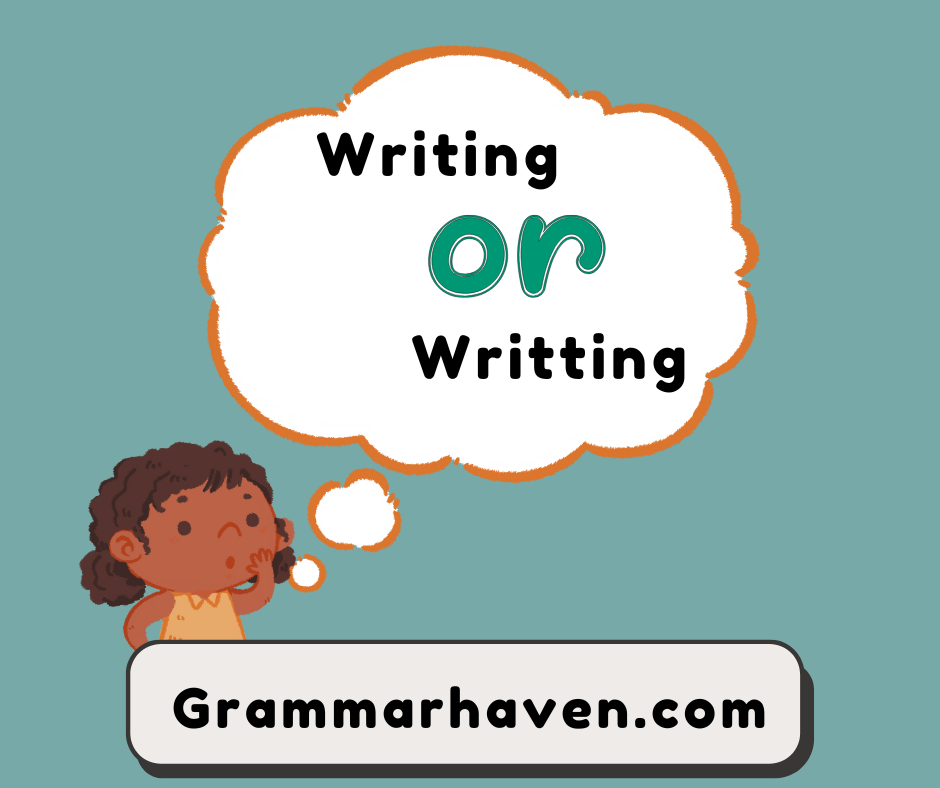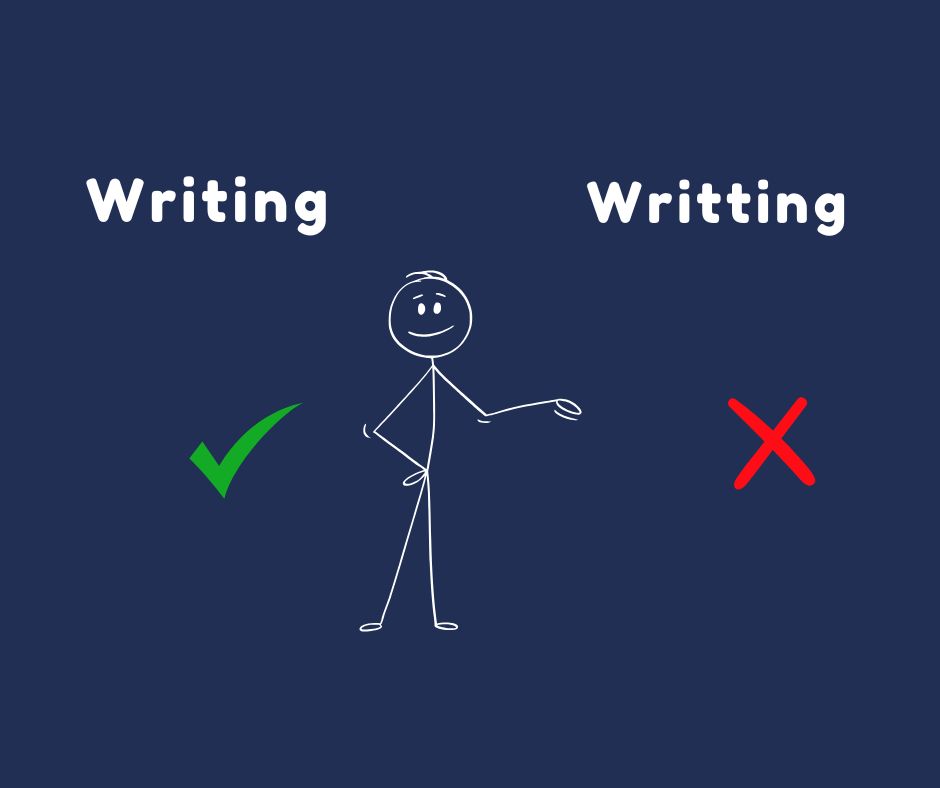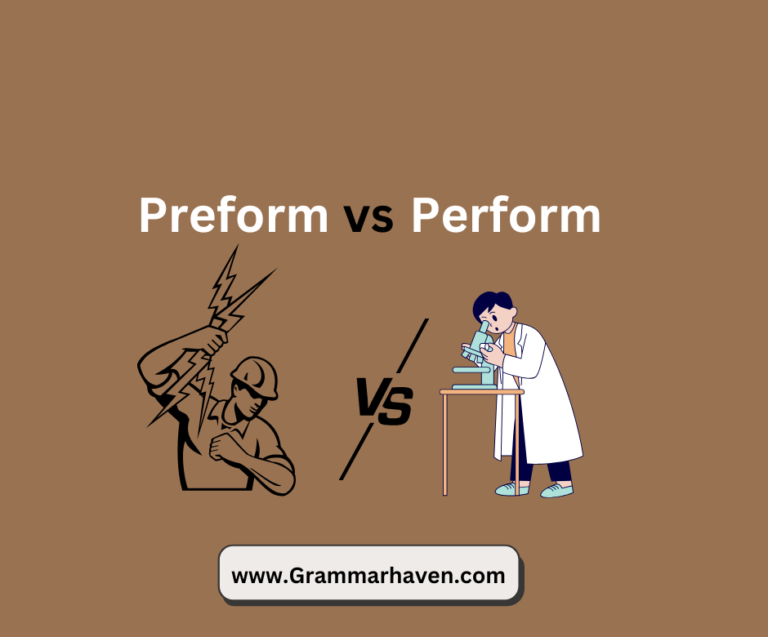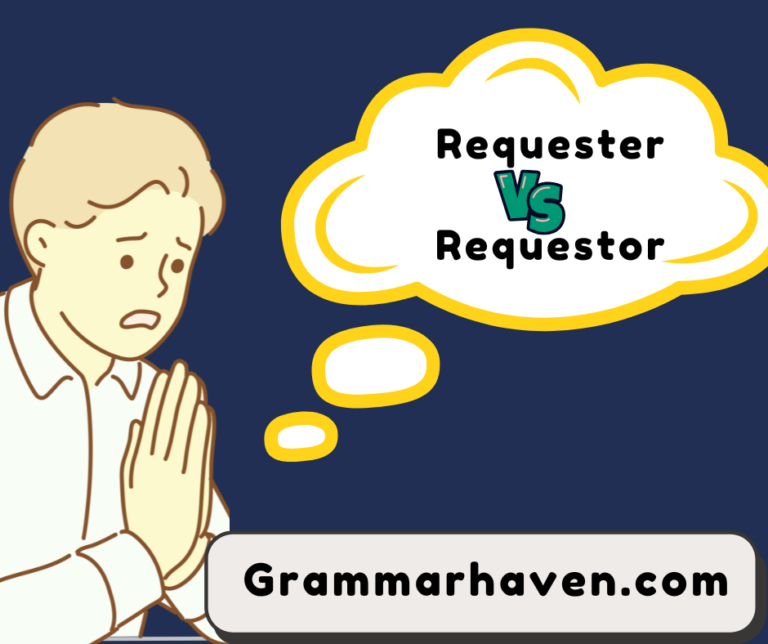Writing or Writting: Difference Made Clear
Understanding this distinction between “writing or writting” is crucial, as only one is correct, and mastering it will boost your writing skills. “Writing” can be defined as the process of using symbols (letters of the alphabet, punctuation and spaces) to communicate thoughts and ideas in a readable form while “writting” is just a misspelling .
In this guide we’ll clarify this common misconception and share tips to help you avoid confusing writing vs writting in the future and will equip you with the knowledge to write with confidence as a single spelling error can leave a lasting impression on your readers, potentially undermining your credibility.

Why is there confusion between “Writing or Writting”
Nearly 60% of English speakers struggle with spelling of writing vs writting due to confusion arising from adding suffixes, especially doubling the consonant before adding “ing”.
Rule :
Some words follow a pattern where a single consonant is doubled before adding “-ing” if it comes after a single vowel.
Applied to words like “hitting” and “sitting.”
However, the verb “write” doesn’t follow this rule because it doesn’t require the extra consonant to form “writing.” as it drops “e” before adding “ing.”
This common mistake can lead to misunderstandings in both written and verbal communication. You can gain clarity on these terms by tricky rules and tips to navigate them.
“ Writting or Writing ”: Which one is correct ?
Many people wonder is it writing or writting? And mistakenly believe “writting” is the correct spelling when referring to the present participle of the verb “write”. But the fact is that out of the two options, only “writing” is correct. This common error stems from the confusion with similar words like “hitting” and “running,” where consonants are doubled. Understanding the orthographic rule for creating the present participle of “write” can help you avoid this mistake easily .
Standard English rules do not allow adding a double consonant to “write” when adding suffix “ing” to it because it has a unique pattern and drops “e” before adding suffix .“That’s why writing is correct word “ While “writting” is just a misspelling and does not follow standard English conventions ,making it a wrong choice .
There is another word that makes people get confused e.g. tweek vs tweak .
What is Writing?
Writing is the process of using symbols, such as letters and words, to communicate thoughts, ideas, and information. It is a fundamental form of expression that allows people to record knowledge, share stories, and convey emotions across time and space.
Writing is the fourth of the four essential language skills:
- Listening
- Speaking
- Reading
- Writing
Writing can be done using a pen or pencil (handwriting) or a keyboard (typing). Handwriting is typically done on surfaces like paper or whiteboards, while typing is performed on devices such as typewriters, computers, or mobile phones. Additionally, voice recognition technology enables individuals who cannot see or use their hands to have their thoughts transcribed into text.

Writting : Is it Correct with double “t” ?
In standard English the spelling “writting” with double “t” is incorrect. Here’s why:
1. No Doubling Rule Applies
You can only double the final consonant before adding “-ing” if both conditions are met:
The word ends in a single vowel + single consonant (like “run” → “running”).
The last syllable is stressed (like “admit” → “admitting”).
- “Write” ends in silent “e,” NOT a single vowel + single consonant.
- The stress is on the first syllable (“WRITE-ing”), not the last.
- So, we drop the “e” but do not double the “t” → writing (not “writting”).
2. Examples Where Doubling Happens
Words that follow the double consonant rule include:
- Run → Running (short vowel + single consonant)
- Sit → Sitting
- Admit → Admitting
However, “write” doesn’t fit this rule, so we don’t double the “t.”
3. “Writting” Is Incorrect
“Writting” is a common misspelling.
“Writing” is the correct form.
Basic Grammar Rules for “Writing”
The correct spelling of “writing” follows basic English grammar and spelling rules. Here’s how:
1. Base Word + Suffix Rule
- The base word is “write.”
- The “-ing” suffix is added to form the present participle (writing).
2. Drop the Silent “e” Rule
- When adding “-ing” to a verb ending in silent “e,” drop the “e.”
- write → writing (not “writeing”)
- drive → driving
- make → making
3. Pronunciation Consistency
The pronunciation remains “rahy-ting” (/ˈraɪ.tɪŋ/), keeping the soft “i” sound.
Understanding Verb Forms and Tenses
Verbs are essential in sentence formation because they express actions, states, or occurrences. To use them correctly, you need to understand verb forms and tenses.
Verb Forms Of the Term Write
Every verb has different forms that are used depending on tense and sentence structure.
| Verb Form | Example (Base Verb: Write) | Usage |
| Base Form | write | Used in the present tense (except third-person singular) and infinitives. |
| Past Simple | wrote | Used for completed actions in the past. |
| Past Participle | written | Used in perfect tenses and passive voice. |
| Present Participle (Gerund) | writing | Used in continuous tenses and as a noun. |
| Third-person Singular | writes | Used in the present simple with “he/she/it.” |
Verb Tenses Of the Term Write
Tenses indicate the time of an action. They are categorized into three main types, with four subtypes each.
A. Present Tenses
| Tense | Structure | Example |
| Present Simple | Base verb (+s/es for third-person singular) | She writes articles daily. |
| Present Continuous | am/is/are + verb + ing | She is writing an article now. |
| Present Perfect | has/have + past participle | She has written three articles. |
| Present Perfect Continuous | has/have been + verb + ing | She has been writing since morning. |
B. Past Tenses
| Tense | Structure | Example |
| Past Simple | Verb + ed (or irregular form) | She wrote a story yesterday. |
| Past Continuous | was/were + verb + ing | She was writing when I called. |
| Past Perfect | had + past participle | She had written the article before noon. |
| Past Perfect Continuous | had been + verb + ing | She had been writing for an hour. |
C. Future Tenses
| Tense | Structure | Example |
| Future Simple | will + base verb | She will write a new blog post. |
| Future Continuous | will be + verb + ing | She will be writing at 5 PM. |
| Future Perfect | will have + past participle | She will have written five articles by tomorrow. |
| Future Perfect Continuous | will have been + verb + ing | She will have been writing for three hours by noon. |
Understanding tenses helps in writing grammatically correct sentences.
Example (Mixing Tenses Correctly): By next year, she will have written her first book.
Why is the term “written “correct ?
The double “t” in “written” follows a particular rule in English Grammar that says
“ Double consonant will be added to maintain the short vowel sound of the preceding syllable”
When the past participle of write is to form , “e” is dropped to add “en” and double “t” is added to maintain short vowel sound as of kit , thus it becomes “written.”
What does Writing truly mean in English ?
It’s reported that nearly 80% of the world’s information is stored in written form. This staggering statistic underscores .
Writing is all about organizing the thoughts in your mind and creating words, symbols, or characters on a surface using tools like a pen, pencil, or keyboard.
It includes a wide range of styles from imaginative creations like storytelling and poetry to functional applications such as writing reports, providing instructions, or keeping records.
It is a powerful tool for connection and transformation. Whether it’s writing an email, composing a story book , or drafting a business report, writing serves as a bridge that links thoughts and emotions to the outside world. In today’s digital age, the ability to express ideas clearly and persuasively can shape careers, influence decisions, and help people grow in their careers.
Synonyms of Writing:
Composition
- The act of creating written works, especially those involving formal or structured content like essays or articles.
Text
- Any written work, whether it’s a document, book, or even a message; refers to the content that has been written.
Script
- Writing used for communication, often referring to handwritten or printed text, or the text used in plays, films, and TV shows.
Document
- Record of information in written, printed, or digital form , typically for official or archival purposes.
Record
- A written account or documentation, often used for preserving information over time.
Draft
- A preliminary version of a written work that will be revised and finalized later.
Report
- A formal written document presenting information on a particular subject, often used in academic, professional, or business contexts.
Prose
- Written or spoken language in its common form that follows a straightforward, non-poetic form, without a specific rhythmic or metrical pattern, including essays, novels, and articles.
Manuscript
- A document, most probably one that is handwritten or in draft form, typically used in the context of books or scholarly papers.
Jotting
- Quick and informal writing, usually referring to brief notes or reminders.
Entry
- A brief written note or record, such as in a journal or diary, often capturing a thought, idea, or event.
Correspondence
- Written communication, particularly letters or emails exchanged between individuals or organizations.
You may also like to read the synonyms of “Tying or tieing ” with meaning .
Use of “Writing” in Sentences:
Here are some examples of the term “writing” used in sentences:
- “His writing has a unique style that captures the reader’s attention.”
- “She spent the afternoon writing a letter to my friend.”
- “The writing in this novel is poetic and powerful as well.”
- “She is known for her writing on social issues and activism.”
- “Writing a research paper requires keen planning and attention to detail.”
- “He has been writing for years and hopes to publish his first book soon.”
- “Writing in a journal every day helps improve your creative thinking.”
- “Her writing has been featured in several renowned magazines.”
Words that follow the same Pattern as
“Writing”
| Verb | Present participle | Incorrect Form |
| Ride | Riding | Riddiing |
| Drive | Driving | Drivving |
| Live | Living | Livving |
| Vote | Voting | Votting |
| Skate | Skating | Skatting |
Common Contexts for Using “Writing”
The word “writing” is used in various contexts, depending on its meaning and function. Here are the most common ways it appears in everyday language:
1. As a Verb (Present Participle) – Action in Progress
Used in continuous tenses to describe the act of writing.
Example Sentences:
- He is writing an article for her blog.
- She was writing a letter when you called.
2. As a Noun (Gerund) – The Act or Process of Writing
Used as a subject or object in a sentence.
Example Sentences:
- Writing is an essential skill in communication.
- Her writing improved after taking an English course.
3. In Academic and Professional Contexts
Refers to structured or formal written content.
Example Sentences:
- The professor assigned a writing task on climate change.
- Good writing skills are important for success in business.
4. In Literature and Creative Writing
Refers to artistic or literary works.
Example Sentences:
- His writing is full of vivid imagery and emotions.
- Her dreams of making a career in creative writing.
5. In Legal and Official Documents
Refers to written agreements or records.
Example Sentences:
- The contract must be in writing to be legally valid.
- She asked the requester to submit his request in writing before the deadline.
6. In Technology and Digital Content
Refers to online, blog, or social media content creation.
Example Sentences:
- He is writing a blog post about SEO tips.
- Content writing is an in-demand skill in digital marketing.
7. In Handwriting and Calligraphy
Refers to the style or quality of a person’s handwriting.
Example Sentences:
- Her writing is very neat and readable.
- She loves practicing cursive writing.
Note :
“Writing” can be a verb (action) or a noun (concept or product of writing).
It appears in education, business, creative arts, legal matters, and digital content.
What are the types of writting or Writing ?
Although there are many reasons you might write, whether by hand or on a keyboard, all forms of writing generally fall into four main categories: expository, descriptive, persuasive, and narrative.
1. Expository Writing (Informative & Fact-Based)
Purpose: To explain, inform, or describe a topic clearly and logically.
Common Examples:
- News articles
- Textbooks
- How-to guides (instructional writing)
- Research papers
- Encyclopedias
Example Sentence:
“This guide explains the step-by-step process of setting up a WordPress blog.”
2. Descriptive Writing (Detailed & Sensory-Rich)
Purpose: To create a vivid image in the reader’s mind by using sensory details and figurative language.
Common Examples:
- Poetry
- Novels & short stories (character and setting descriptions)
- Travel writing
- Personal journals
Example Sentence:
“The golden sun dipped below the horizon, painting the sky in hues of orange and pink.”
3. Persuasive Writing (Influencing & Convincing)
Purpose: To persuade, convince, or influence the reader’s opinion or encourage action.
Common Examples:
- Advertisements & marketing copy
- Opinion articles & editorials
- Political speeches
- Reviews & recommendations
- Business proposals
Example Sentence:
“Investing in digital marketing today will ensure higher profits for your business tomorrow!”
4. Narrative Writing (Storytelling & Entertainment)
Purpose: To tell a story with characters, plot, and conflict.
Common Examples:
- Novels & short stories
- Biographies & autobiographies
- Screenplays & scripts
- Folktales & fairy tales
- Personal storytelling (memoirs)
Example Sentence:
“As John stepped into the haunted house, a chilling whisper sent shivers down his spine.”
Other Specialized Types of Writing
Beyond these four main types, writing can be more specialized, such as:
Technical Writing: Instruction manuals, user guides, and scientific papers.
Creative Writing: Fiction, poetry, song lyrics, and scripts.
Academic Writing: Essays, dissertations, and research papers.
Business Writing: Emails, reports, proposals, and resumes.
Journalistic Writing: News reports and investigative articles.
Content Writing: Blog posts, SEO articles, and social media content.
How to Improve Your Writing Skills
Improving your writing needs the right strategies and skills and takes practice and patience. Here are some effective ways to become a better writer:
1. Read Regularly
- Read books, articles, and essays to expose yourself to different writing styles.
- Analyze how authors structure their sentences and express ideas.
- Pay attention to grammar, vocabulary, and tone.
Tip: Read both fiction and non-fiction to develop a well-rounded writing style.
2. Write Every Day
- Practice writing regularly, even if it’s just a few sentences.
- Keep a journal, blog, or write social media posts with thoughtful content.
- Experiment with different types of writing (e.g., storytelling, essays, copywriting).
Tip: Set a daily or weekly writing goal to stay consistent.
3. Expand Your Vocabulary
- Learn new words and their proper usage.
- Use synonyms to avoid repetition, but don’t overcomplicate your writing.
- Read dictionaries, use a thesaurus, or explore word-of-the-day apps.
Tip: Keep a list of new words and try incorporating them into your writing.
4. Focus on Grammar and Sentence Structure
- Study basic grammar rules to avoid common mistakes.
- Use correct punctuation and sentence structure to make writing clear.
- Use grammar tools like Grammarly or Hemingway Editor for corrections.
Tip: Proofread your work carefully or ask someone to review it.
5. Edit and Revise Ruthlessly
- Never settle for your first draft—revise and refine it.
- Remove unnecessary words, fix awkward phrasing, and improve clarity.
- Read your writing aloud to catch mistakes and improve flow.
Tip: Take a break before editing to see your writing with fresh eyes.
6. Develop Your Unique Writing Voice
- Don’t imitate others—find a tone and style that feel natural to you.
- Write as if you’re speaking to your audience in a way they understand.
- Be authentic and let your personality shine through.
Tip: Experiment with different tones (formal, casual, conversational) to see what fits best.
7. Seek Feedback and Learn from Others
- Share your writing with mentors, peers, or online writing groups.
- Accept constructive criticism and use it to improve.
- Read and analyze high-quality writing in your field.
Tip: Join writing communities or take online courses for more learning opportunities.
8. Practice Different Types of Writing
- Try expository, descriptive, persuasive, and narrative writing.
- Experiment with creative writing, technical writing, or blogging.
- Write for different platforms, such as social media, emails, or essays.
Tip: Challenge yourself with writing prompts to explore new topics.
Improving writing skills takes time, but with regular practice and dedication, you’ll see progress. Keep reading, writing, and refining your craft.
Etymology of Writing:
Writing not only transcends communication; it is a powerful tool for connection, reflection, and transformation. Whether it’s writing an email, composing a novel or story book , or drafting a business report, writing serves as a bridge that links thoughts and emotions to the outside world
- Old English Usage: The term “writing” referred to the “action of forming letters and characters,” derived from the verb “write.”
- Around 1200: “Writing” expanded its meaning to “text” or “a body of written work,” including poetry, narratives, and other written materials.
- By 1300: The term referred to a specific written text.
- Mid-14th Century: “Writing” expanded to mean “the act of composing a written text.”
- Late 14th Century: The term took on the meaning of the “craft of writing” and “one’s own handwriting.”
- Late 14th Century: It also came to mean the “system of human communication through visible marks.”
- Late 14th Century (Sending Letters): The term “Writing” was used to describe the act of sending a letter, or the letter itself.
- 1610s: The term “writing-desk” emerged, reflecting the association of writing with specific furniture used for the task.
Trends of writing:
Conclusion:
Differentiating “Writing vs writting” plays a vital role in maintaining clarity and professionalism in writing. The correct form is writing and not wriiting .The correct form not only aligns with standard English conventions but also contributes to the reader’s understanding. By paying attention to common spelling rules,
such as
By eliminating the silent “e” when adding “ing,” writers can sharpen their skills to improve their craft and ultimately avoid unnecessary mistakes.
Ultimately, writing is more than just a skill; it is an essential way of understanding and engaging with life itself.
FAQ’S
Why is it writing and not writting?
Standard English rules do not allow adding a double consonant to “write” when adding suffix “ing” to it because it has a unique pattern and drops “e” before adding suffix . That’s why it’s writing and not writting.
Is writing one T or two?
In ‘writing’ it’s a long vowel. In ‘written’ it’s short. The double ‘t’ keeps the ‘i’ in ‘written’ short. Because one t would make it pronounced righten!
Is writing a correct word?
The correct spelling is “writing,” not “writting.” While the incorrect form may seem logical to some, it doesn’t align with standard English
Which spelling is correct, writing or writting?
Standard English rules do not allow adding a double consonant to “write” when adding suffix “ing” to it because it has a unique pattern and drops “e” before adding suffix .
“That’s why “writing” is correct word “ While “writting” is just a misspelling and does not follow standard English conventions ,making it a wrong choice .







